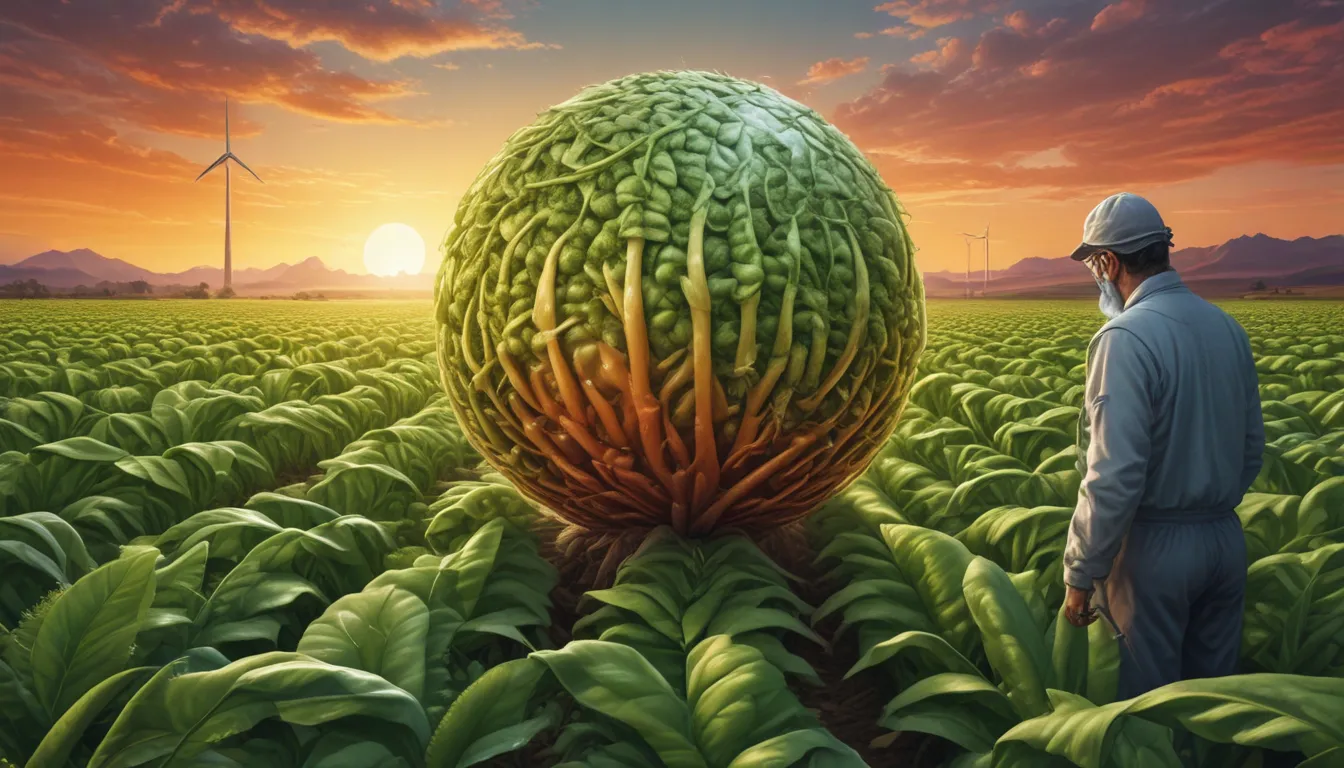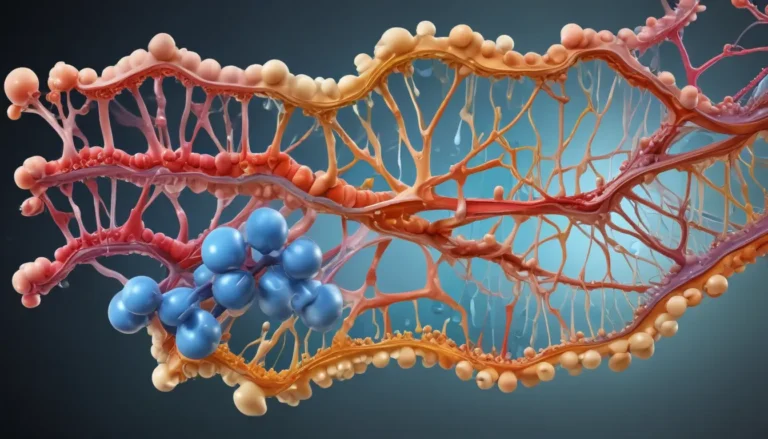A Note About Images: The images used in our articles are for illustration purposes only and may not exactly match the content. They are meant to engage readers, but the text should be relied upon for accurate information.
In the realm of agriculture, genetically modified crops have sparked heated debates and controversies, yet they hold the potential to revolutionize the way we produce food. Genetic engineering techniques have allowed scientists to insert specific genes into plant DNA, enhancing traits such as pest resistance, herbicide tolerance, and improved nutritional content. Let’s delve into the realm of genetically modified crops and uncover eight unbelievable facts that shed light on their benefits, risks, and the future of agriculture.
Unveiling the Wonders of Genetically Modified Crops
1. Genetic Modification Through the Years
Did you know that scientists have been tinkering with genetically modified crops since the early 1990s? It all began with the creation of the first genetically modified tomato, the Flavr Savr, approved for consumption. Since then, genetically modified varieties like corn, soybeans, and cotton have become increasingly prevalent in agriculture.
2. Addressing Global Food Security
With the world’s population projected to reach 9.7 billion by 2050, the demand for food continues to surge. Genetically modified crops offer potential solutions by increasing crop yield, enhancing nutritional content, and reducing susceptibility to pests and diseases. These crops could pave the way for a more sustainable future in food production.
3. Ensuring Safety Through Assessments
Before genetically modified crops hit the shelves, they undergo rigorous safety assessments. These evaluations scrutinize factors like allergenicity, toxicity, and environmental impact to ensure they are safe for consumption. Regulatory bodies like the FDA and the European Food Safety Authority meticulously review the safety data before approval.
4. Paving the Way for Reduced Pesticide Use
One of the remarkable benefits of genetically modified crops is their ability to reduce reliance on chemical pesticides. By engineering plants to resist pests and diseases, these crops minimize the need for harmful chemical sprays, benefiting both the environment and farmer health.
5. Enhancing Nutritional Content
Scientists are continuously exploring ways to boost the nutritional content of crops through genetic modification. Golden rice, for instance, was developed to combat vitamin A deficiency, a leading cause of childhood blindness in developing countries. By elevating beta-carotene levels, golden rice offers a significant source of vitamin A.
6. Fostering Environmental Resilience
In regions prone to harsh environmental conditions like drought or flooding, genetically modified crops provide resilience. By engineering plants to withstand challenging environments, these crops ensure stable yields even in adverse conditions, safeguarding food production in the face of climate change.
7. Improving Crop Quality and Shelf Life
Genetic modification techniques can elevate crop quality and extend shelf life. Fruits can be modified to delay ripening, reducing spoilage and prolonging shelf life. This enhancement not only reduces food waste but also boosts profitability for farmers.
8. Promoting Sustainable Agriculture
By reducing chemical inputs, increasing yields, and enhancing resource efficiency, genetically modified crops have the potential to promote sustainable agricultural practices. They offer a viable solution to meet global food demand while minimizing negative environmental impacts associated with conventional farming.
Embracing the Future of Agriculture
In conclusion, genetically modified crops have undeniably transformed agriculture by offering benefits such as increased yield, improved nutritional content, and enhanced resistance to pests and diseases. While approaching this technology with caution is crucial, understanding its advantages and concerns can help us make informed decisions, paving the way towards a sustainable and food-secure future.
Frequently Asked Questions
- What are genetically modified crops?
-
Genetically modified crops, also known as GMOs, are plants with altered DNA through genetic engineering.
-
Why are genetically modified crops created?
-
These crops are engineered to exhibit specific traits that enhance productivity, nutritional value, and resistance to pests and environmental conditions.
-
Do genetically modified crops pose health risks?
-
Extensive studies have shown GM crops are safe to consume, with regulatory bodies ensuring rigorous testing before approval.
-
Are genetically modified crops harmful to the environment?
-
While they can reduce pesticide use, concerns exist regarding impacts on biodiversity and pest resistance.
-
Are genetically modified crops labeled?
-
Labeling requirements vary globally, with some regions having mandatory labeling laws.
-
Can genetically modified crops crossbreed with non-GMO crops?
-
While rare, gene flow between GM and non-GMO crops can occur, prompting regulations to minimize crossbreeding.
-
Can genetically modified crops solve world hunger?
-
While they can boost food production, addressing hunger requires a multifaceted approach incorporating sustainable practices and distribution systems.
-
Are there alternatives to genetically modified crops?
- Yes, traditional breeding, organic methods, and sustainable agriculture approaches offer alternatives to genetic modification in crop production.
Whether you’re a seasoned agricultural enthusiast or an inquisitive learner, the world of genetically modified crops offers a kaleidoscope of possibilities for sustainable food production. As we unravel the mysteries of genetic modification, let’s embrace the journey towards a greener and more prosperous future in agriculture.
Join us in exploring the wonders of genetically modified crops, where innovation meets sustainability, and discovery thrives.






